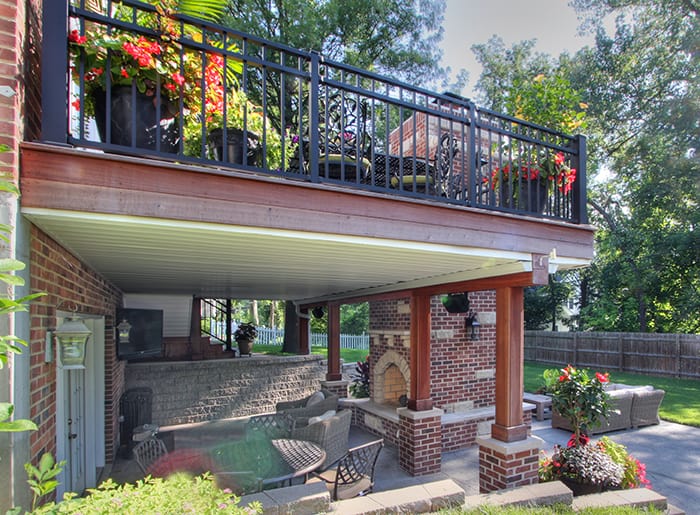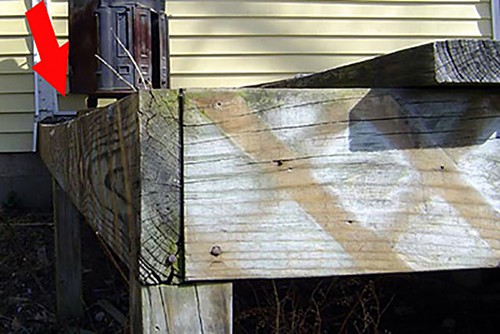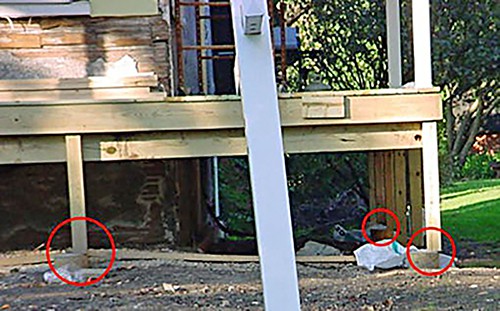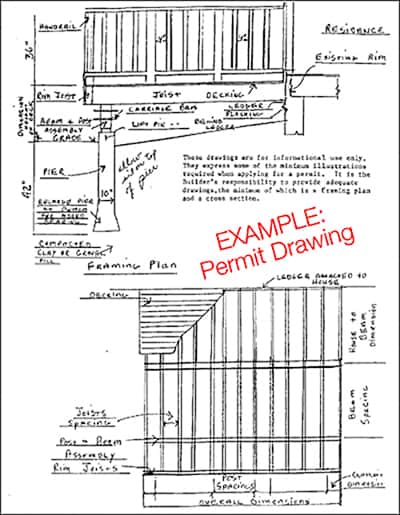With the outdoor living season in full swing, we’re bound to hear more stories about deck collapses. In the past 10 years, there have been more than 800 reported injuries at an average rate of 21% per year. In many cases, the failing decks were built incorrectly, not properly maintained, or were beyond their lifespan of approximately 10-15 years. This information comes courtesy of the North American Deck and Railing Association (nadra.org).
With every deck collapse that makes the news, Mosby Home Consultants are called out to evaluate existing deck conditions and analyze problems often overlooked by less experienced carpenters. In ascending order, these are the 9 most common mistakes Mosby Consultants see:
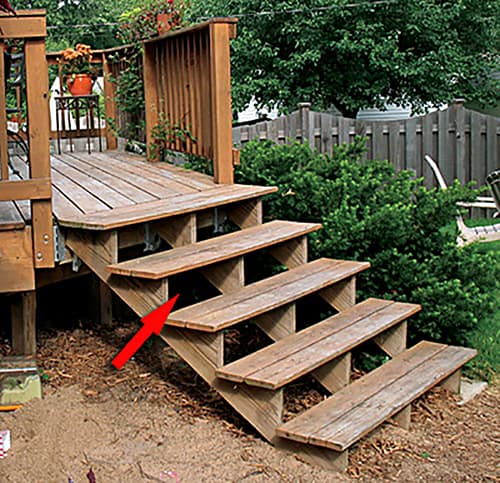
9. Stairs with open risers or missing railings
Open space between steps invites accidents. Avoid injuries and create a tailored look by covering the risers. Hand railings are fundamental to the safety of a stairwell.
8. Improper railing height and baluster spacing
Building codes have very specific measurements for railings and balusters to avoid accidents and injuries.
7. Undersized structural members
An undersized structural member increases the risk of deck collapse and can create sagging and improper weight distribution. Avoid deck warping and collapsing by properly sizing all members and components of your deck.
6. Missing or improper joist hangers
Nails alone are not enough to counteract the shear forces on a structural member. Joist hangers are an essential element in creating reinforced connections and supported decking. Ensure the safety of your deck by using properly sized, engineered, and correctly installed joist hangers.
5. Improper Deck Materials
Weather-resistant materials are necessary on exterior structures to prevent rot or deterioration. There are specific fasteners for certain wood treatments and it is critical that the proper fasteners are used. Select materials that are expressly made to withstand all weather conditions.
4. Undersized footings
Footings create a solid base for the posts of your deck. Undersized footings can lead to sagging, warping or collapse.
3. Improper attachment to structure to house (incorrect fasteners)
How your deck attaches to your home determines its safety and durability. This is an area that you may want to overbuild beyond the minimum standards or requirements. Again material, size, and quality are critical.
2. Improper or missing flashing
Every deck must address water management. Water can soak into your home at the point where the deck connects to the house. Properly installed flashing will prevent erosion to the structural integrity of your deck and home.
1. Not obtaining a permit to build a deck
Obtaining a permit is the most overlooked step in deck building. Safety is the main focus of following the permitting process of your town. The permit process requires drawings and specifications of the proposed deck. Building Inspectors will verify that the deck plans meet the local building and safety codes. This crucial step will save you from making costly mistakes before the first hammer swings.
It is crucial for the safety of your family and your guests that a deck is built properly. Mosby Building Arts’ staff of outdoor designers and builders will handle the design, drawings and permit applications that create a deck with enduring quality and lasting beauty. Here is a gallery of some Mosby’s St. Louis backyard design ideas. To work with Mosby Building Arts on your outdoor remodel, call the office at 314.909.1800 or contact them here.




